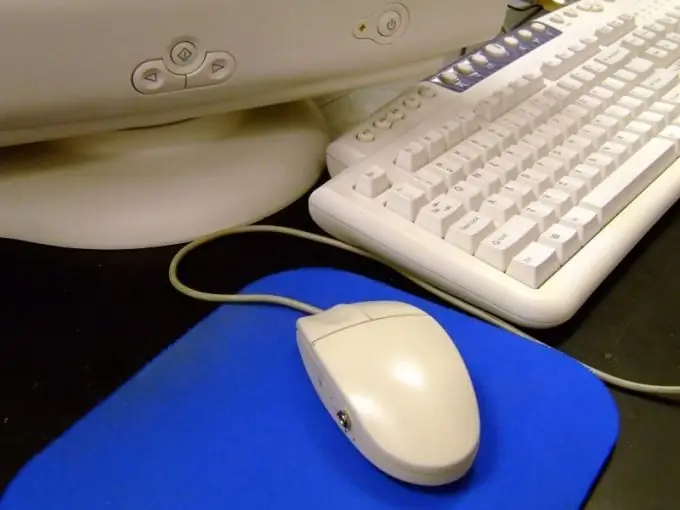Information transfer is the main purpose of local computer networks, and this process is controlled by software installed in each federation machine. Today, all the applications necessary for receiving and transmitting data are built into the operating system, and computers from time to time "communicate" with each other, even when their owners do not notice it. Moreover, they are able to organize the reception and transmission of files, if the user gives the appropriate instruction in a relatively simple sequence of actions.

It is necessary
Windows 7 OS
Instructions
Step 1
If the computers between which you want to exchange are running Windows 7, create a common "Homegroup" for them. To do this, on one of the computers, open the main menu and type “home” in the search query field - four letters are enough to get a list of search results starting with the link “Homegroup”. Click it, and the wizard for creating this networked brotherhood of machines will be launched.
Step 2
In the first form, press the button "Create home group", after which the second will appear. In it, you need to check the checkboxes of those libraries that you are ready to provide to the members of the group, and go to the next form. The wizard will show the password he generated - it will be needed by everyone who wishes to join the created network association. You can write or print this code, and then click the "Finish" button.
Step 3
Connect yourself or ask the user working on another computer to connect him to the created "Home group". Press the Win + E keyboard shortcut on the keyboard of the second computer to open the Explorer window and wait a few seconds while the application scans for available network resources. In the left column of the file manager there is a section "Home group", which should display all computers currently in the network that are included in the same group. Click the name of the section and in the right panel you will see the button "Join" - click it.
Step 4
A window with checkboxes will appear, marking in which will determine the list of libraries available to other members of the group - make your choice and click the "Next" button. In the next form, enter the group password and click "Next" again. Then close the window with the "Finish" button and both computers will be really ready to give each other access to certain file folders.
Step 5
Place the file in one of the folders available from your homegroup, such as Documents, and notify the user of the second computer. He should use Explorer to open your computer in the "Homegroup" section, go to this folder and drag the file you want to any folder on your computer.






